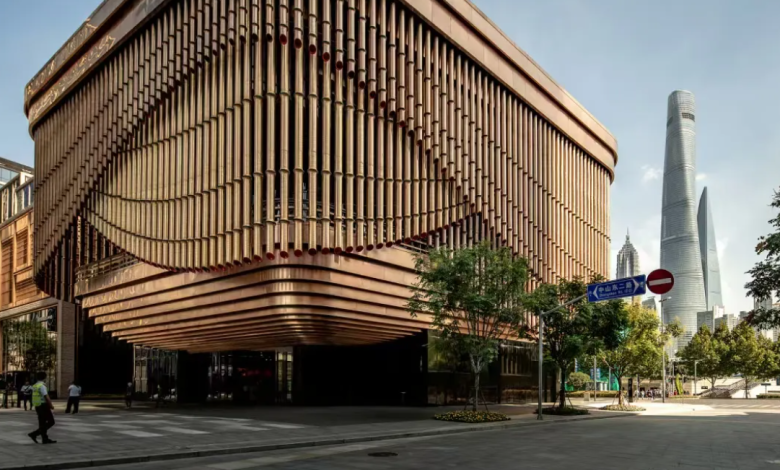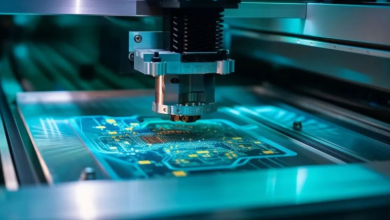Power Station of Art: Shanghai’s Contemporary Beacon

Architectural Transformation
The Power Station of Art (PSA), China’s first state-run contemporary art museum, occupies a converted 2010 World Expo power plant along the Huangpu River. *The 42,000-square-meter industrial space retains original features like the 165-meter chimney, now a Shanghai landmark.* This adaptive reuse project set the standard for urban regeneration in China’s cultural sector when it opened in 2012.
Cutting-Edge Exhibition Program
PSA hosts approximately 30 exhibitions annually, showcasing avant-garde Chinese and international artists. *The museum’s 2018 Cai Guo-Qiang retrospective attracted over 380,000 visitors, setting attendance records.* Recent highlights include the acclaimed “The New Normal” series examining post-pandemic creativity.
Shanghai Biennale Headquarters
As the permanent home of the Shanghai Biennale since 2012, PSA has elevated China’s position in global contemporary art discourse. The 2023 Biennale featured 79 artists from 32 countries exploring “Cosmos Cinema” themes. Curators intentionally juxtapose established Western artists with emerging Asian talents.
Educational Initiatives
PSA’s learning programs serve 120,000+ participants yearly through workshops and artist talks. Their “Art Night” series transforms the museum into an interactive playground every third Friday. The Teenager Art Lab initiative nurtures Shanghai’s next generation of creatives.
Industrial-Chic Exhibition Spaces
The museum’s raw concrete halls provide a dramatic backdrop for large-scale installations. Artist Anish Kapoor specifically designed his 2013 exhibition to interact with the building’s industrial character. The 5-meter-high ceilings accommodate monumental works impossible in traditional galleries.
International Collaborations
Strategic partnerships with renowned institutions such as London’s Tate Modern have paved the way for innovative cultural exchanges. Notably, the 2019 exhibition Electricity Passing Through, co-curated with the Pompidou Center, set a new standard for presenting media art. These collaborations not only introduce global perspectives to local audiences but also help bring Chinese contemporary art to the world stage. To learn more about how iconic structures enhance cultural experiences, visit Exploring the Shanghai Expo Axis Tensile Membrane Structure.
Digital Innovation
PSA leads China’s art museums in technological integration. Their VR recreation of the 2016 “Turning Point” exhibition received UNESCO recognition. The museum’s blockchain authentication system for digital art sets industry standards.
Visitor Experience
Despite its avant-garde programming, PSA maintains accessibility with free admission to permanent collections. The rooftop observation deck offers unparalleled views of Shanghai’s riverfront development. Multilingual audio guides and interactive displays enhance engagement for international visitors.
Cultural Impact
As Shanghai’s contemporary art flagship, PSA influences China’s entire cultural ecosystem. Its exhibitions regularly spark national conversations about urban development and social change. The museum’s success inspired similar industrial conversions across China.
Future Vision
Upcoming expansions include a dedicated new media wing and artist residency program. The planned underground extension will double exhibition space by 2026. PSA continues redefining what a 21st-century public art institution can achieve in China’s evolving cultural landscape.




